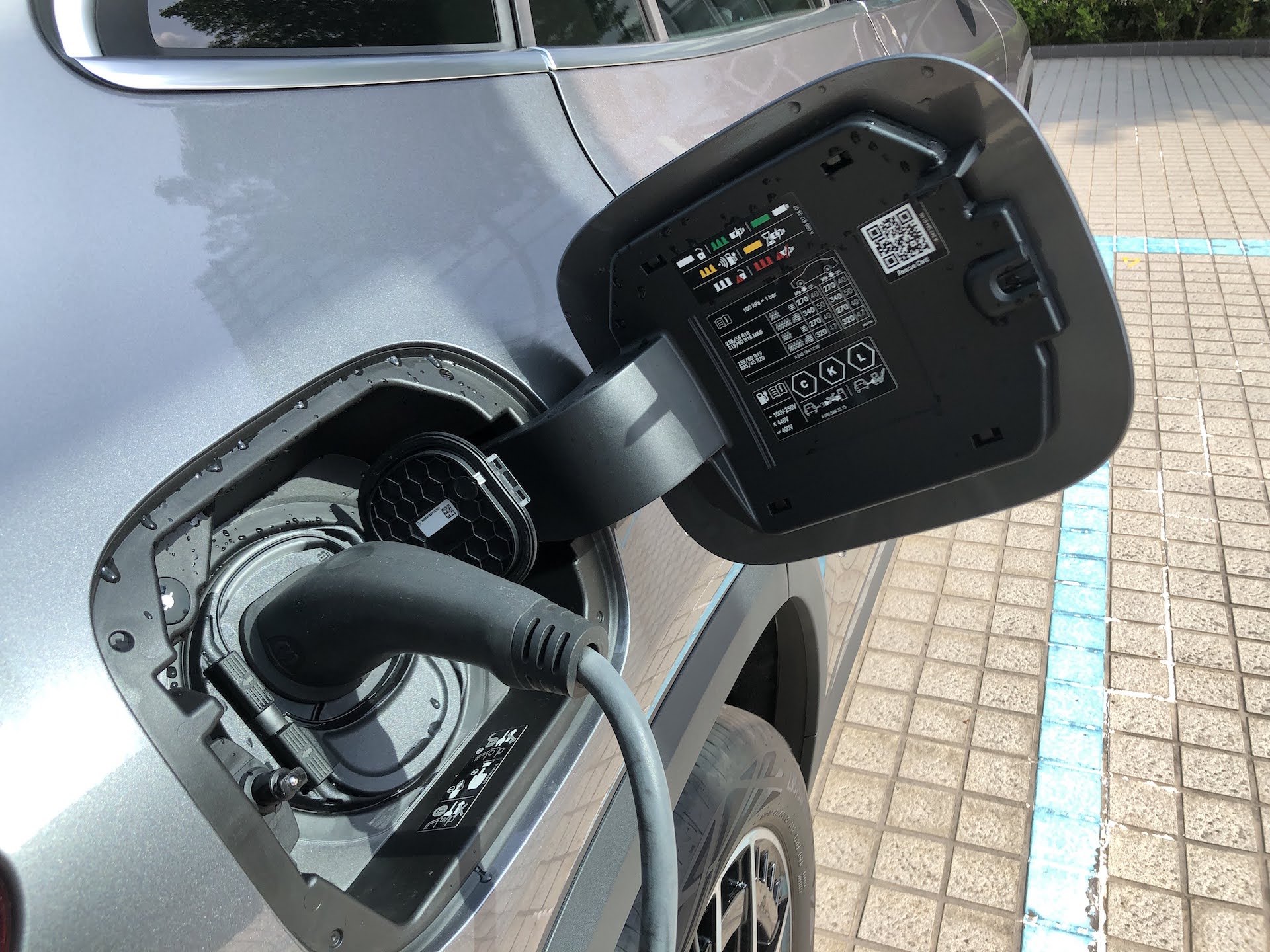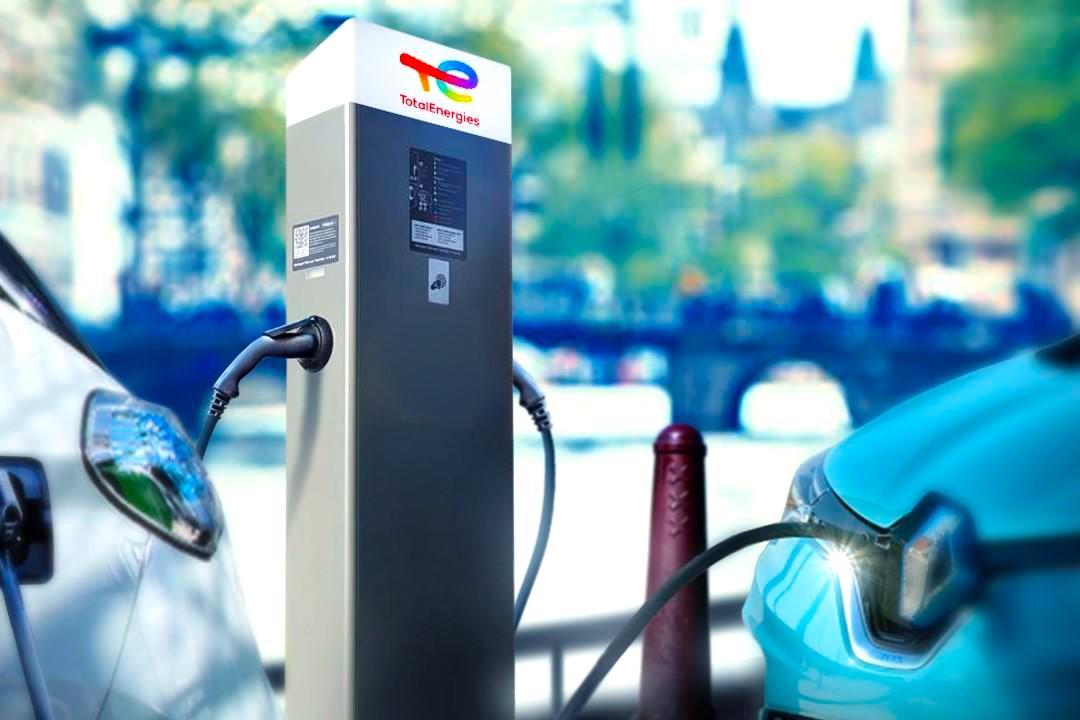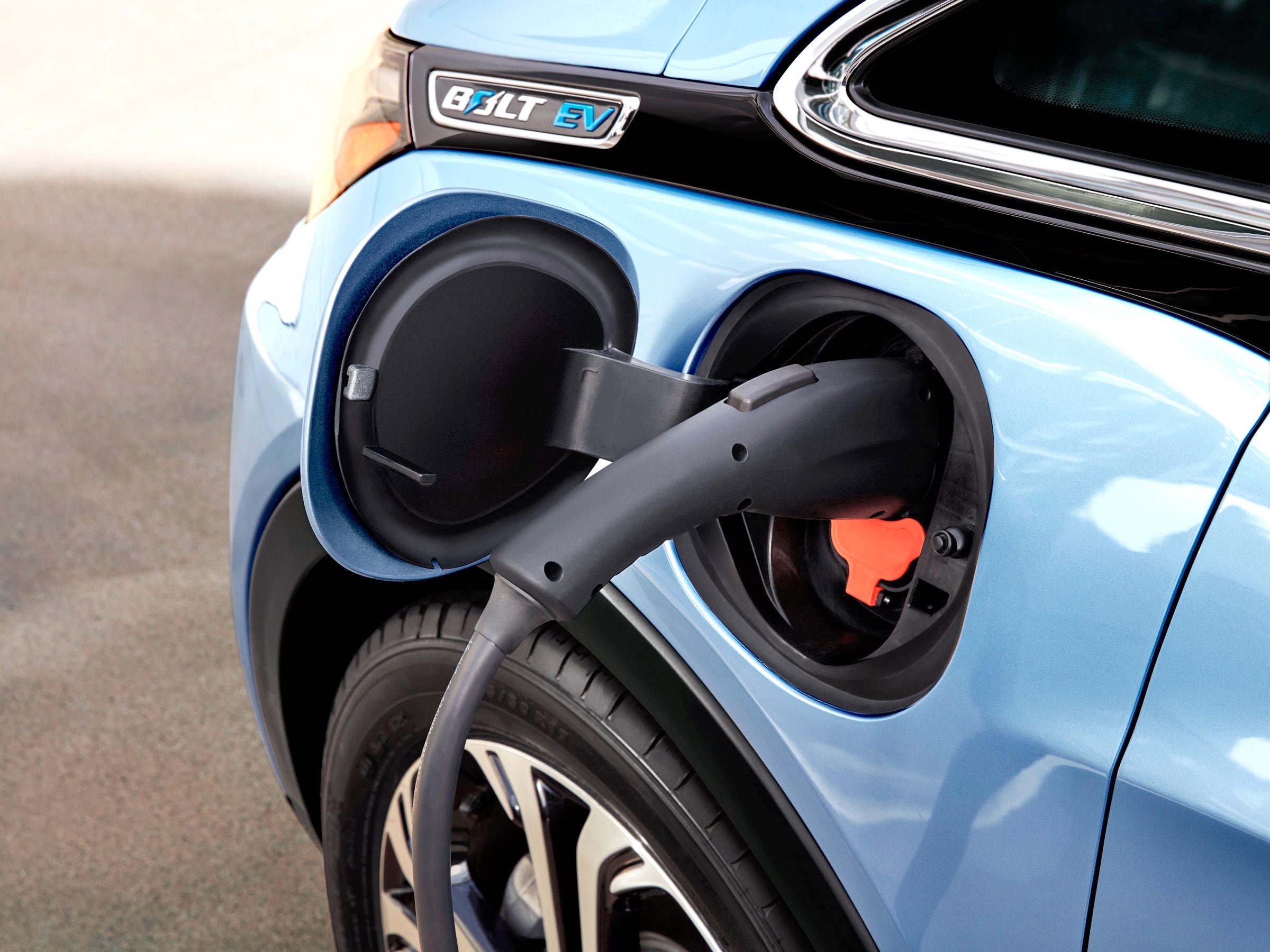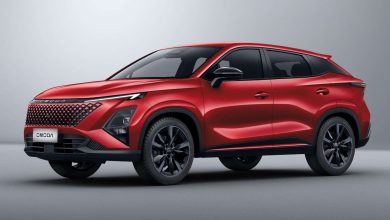Will Your Terrace House Area Cope With EV Charging?

Can Tenaga Nasional Cope With Rising EV Charging In Malaysia?
The position of EVs today seems similar. Manufacturers are investing heavily in capacity to produce EVs, making it inevitable that their market share will rise.
In Wood Mackenzie’s base case forecast, EVs are expected to be about 6% of passenger vehicle sales in North America by this year, rising to 26% in 2030, 63% in 2040, and 78% in 2050.

That is a profound shift in the energy system: a more fundamental change in surface transport than anything since the introduction of the motor car. It will create a new set of challenges for electricity supply for landed property EV Charging.
The likely consequences of the advancing electrification of road transport include not only increased demand, but also new patterns of consumption through the day, new strains on the grid for EV charging and new questions over cost allocation and fairness.
Electricity demand in developed countries had generally plateaued before the pandemic hit. US electricity sales in 2019 were just 1.5% higher than in 2010. The rise of electric vehicles is set to transform that position, reigniting growth in power demand.
Up until the early 2030s, the majority of the growth in demand for power on the US grid is likely to be offset by improvements in energy efficiency and increases in distributed generation, says Samuel Berman, a principal analyst in Wood Mackenzie’s power and renewables practice.

Beyond that, however, the impact of EVs could start to become significant. Over the period 2019-50, electricity sales in North America are projected to grow by about 39%. By 2050, EV charging could account for about 17% of the total demand for electricity.
Meeting that increased demand will require substantial investment in every part of the electricity system: generation, transmission and distribution.
The shape of demand through the day is also set to be different: most people are likely to want to charge their cars overnight, when demand is currently weakest. Peaks in demand are expected to rise in line with total energy consumption.

Peak regional demand in California, for example, is projected to rise from about 58 gigawatts last year to about 84 GW in 2050. Those peaks are likely to be reached in the evening, creating particular problems for grids that rely heavily on solar power.
The need for investment to provide additional generation and match new patterns of demand means the cost of electricity from the grid is likely to increase. This is our forecast of off-peak power prices in California out to 2050, showing the wide seasonal variation and much higher rates that we expect in the winter.
The shape of demand through the day is also set to be different: most people are likely to want to charge their cars overnight, when demand is currently weakest. Peaks in demand are expected to rise in line with total energy consumption.

Peak regional demand in California, for example, is projected to rise from about 58 gigawatts last year to about 84 GW in 2050. Increased demand in the evenings and overnight creates particular problems for grids that rely heavily on solar power.
The need for investment to provide additional generation and match new patterns of power supply and demand means the cost to consumers of electricity from the grid is likely to increase.
Those increased costs could put an extra burden particularly on consumers on lower incomes. “People who are able to have rooftop solar and home energy storage are going to be able to insulate themselves to some extent from increased electricity bills,” Wood Mackenzie’s Berman says. “People who don’t will be exposed to the impact of rising costs.”
Time-of-use rates, charging more for electricity when the cost of generation is higher, could add to that burden. Rates in the evenings, when people have the lights on and solar generation is zero, could be even higher because of the increased load from charging EVs.
Regulators will need to think about the impact on lower-income households without residential storage. The California Public Utilities Commission has moved recently to address the equity issues raised by distributed generation, setting off an intense debate, and the rise of EVs will sharpen those arguments.
It is worth remembering, too, that all these changes are coming even in Wood Mackenzie’s base case, representing our view of what is most likely to happen. To meet the goals of the Paris climate agreement, EV adoption would have to be even faster.
The US market share for EVs would probably need to be around President Biden’s goal of 50% by 2030, rather than the Wood Mackenzie forecast of 29%.
In our new scenario for how the world could reach the Paris goal of limiting global warming to 1.5 °C, EVs are 65% of the US passenger vehicle stock by 2040, as opposed to 35% in our base case forecast.
Getting on that Paris-aligned pathway would make the additional demand for electricity correspondingly greater.




